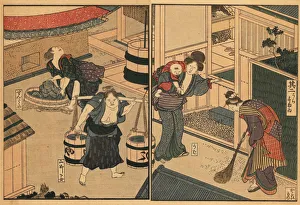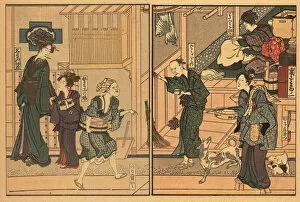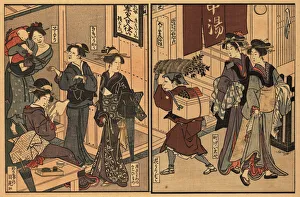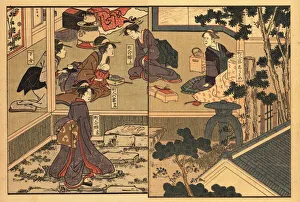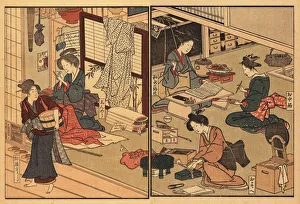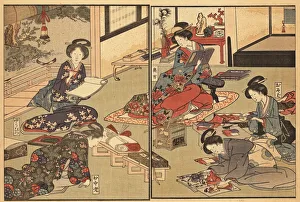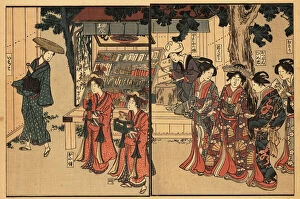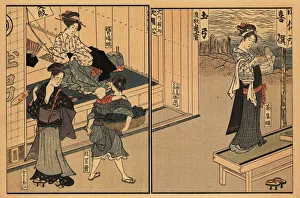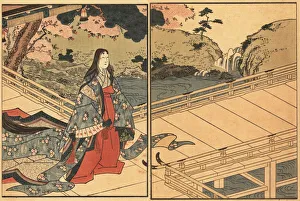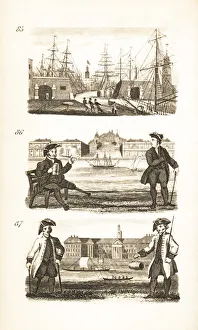Imayo Collection
"Imayo: Portraits of Women in 18th Century Tokyo" Step back in time to the bustling streets of Edo
All Professionally Made to Order for Quick Shipping
"Imayo: Portraits of Women in 18th Century Tokyo" Step back in time to the bustling streets of Edo, where women from all walks of life shaped the vibrant tapestry of society. In this captivating glimpse into history, we witness the lives and roles of women during the 18th century. Amidst the lively Edo street scene, hardworking women from the working class navigate their way through a city teeming with activity. Their resilience and determination serve as an inspiration for generations to come. As young women and geisha grace these same streets, they bring an air of elegance and mystique. Adorned in exquisite kimonos, they captivate passersby with their gracefulness and artistry. Meanwhile, within a house adorned with a serene courtyard, wealthy townswomen find solace amidst their privileged lives. These ladies enjoy moments of leisure while embracing cultural pursuits that enrich their refined existence. Intriguingly enough, even those belonging to the merchant or artisan class play significant roles in shaping society's fabric. Their entrepreneurial spirit fuels economic growth while challenging societal norms along the way. A concubine (mekake) gazes intently at a mesmerizing dancer; her presence indicative of her high-ranking partner's status. Such scenes offer us a glimpse into complex relationships that existed within this era's hierarchical structure. On another note entirely, wives belonging to elite samurai classes find respite from their duties by indulging in well-deserved relaxation. They embody strength and poise as they navigate both domestic responsibilities and societal expectations. Beyond urban landscapes lie picturesque fields where Japanese women gather for delightful picnics under clear skies. Surrounded by nature's beauty, these gatherings foster friendship bonds that transcend social boundaries. Parading past shops on vibrant Tokyo streets are aristocratic women who exude confidence and sophistication. Draped in luxurious fabrics such as silk kimonos, they epitomize elegance and refinement.

